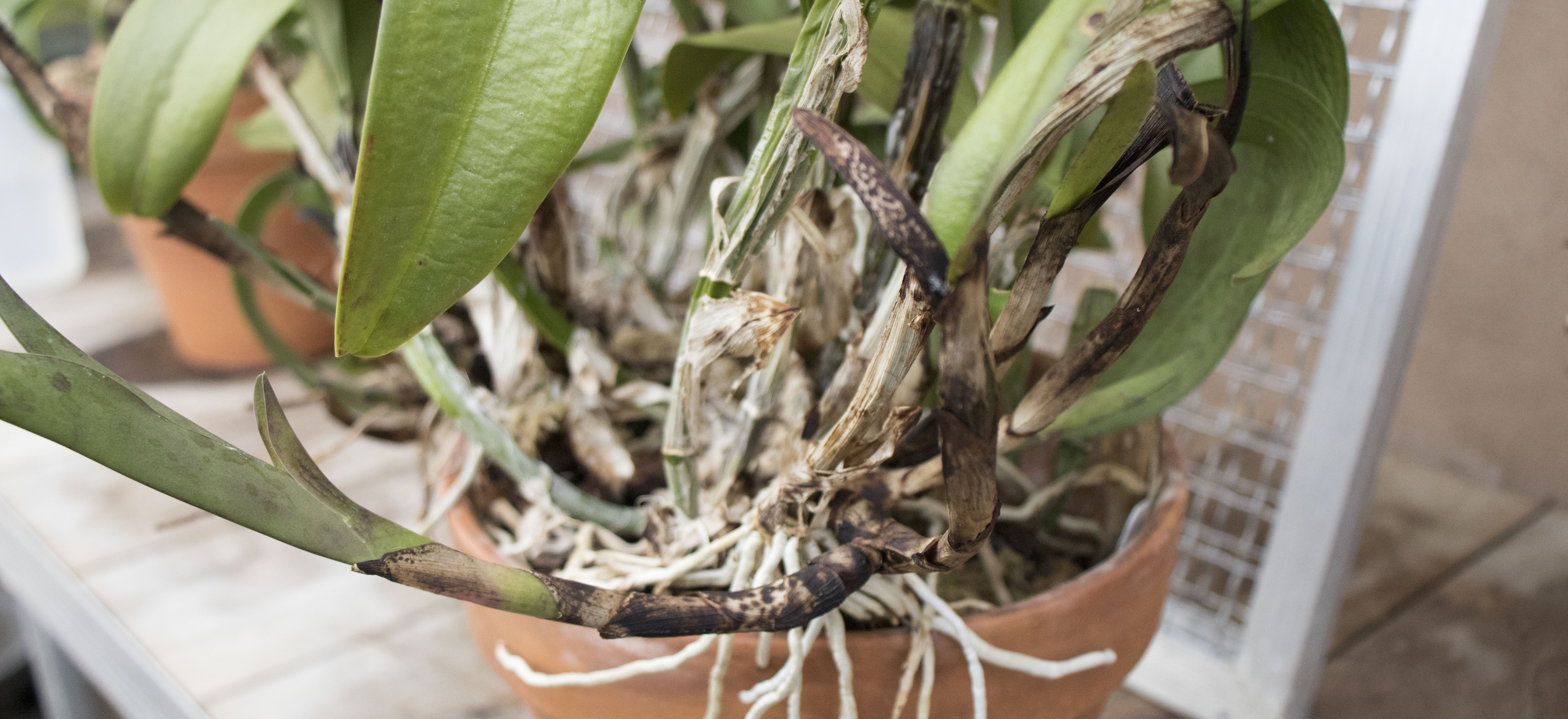

Since your house plants moved inside for the winter, you may be seeing more insect activity on them. As the plants adjust to the temperature, so do the insects and fungi that were carried in with the plants. Here are some tips for distinguishing between the diverse types and how to handle ridding your plants of them.
Aphids are a tiny little whitish color insect about the size of a pencil point. These bugs can harm your plant’s leaves by biting and damaging them as they feed on the plant’s cells.

Scales, which are slightly larger than aphids and brown in color, can harm your plants even more than the aphids. They can cause leaf and bud loss, and in severe cases if not controlled these can cause branches to fall off. The scale will produce a sticky substance on the leaves and branches, which is how you can identify if a plant is infected with them.

Mealybugs, a white woolly looking insect, destroy the leaves and buds of the plant in a similar way as the scale.
White flies are also a huge problem if left untreated. These insects are more harmful to the leaves and can fly and hide on the bottom side of the leaf without being detected until they multiply and become more easily detected.

All these insects can be controlled by an all-natural soap product that, when treated in stages, can be very effective. A spraying program should be implemented to control all stages of these insects from eggs to adults. Spraying your plants on weekly and ten-day increments should control them. Also, once the insect problem is under control, a preventative spraying program should be followed.
Fungi, on the other hand, can be controlled with a fungicide. Drench the plant’s roots and spray the leaves to control the fungi. If the problem is severe enough, you can submerge the entire plant.
If you see these pests on your plants, start your preventative plan now!

